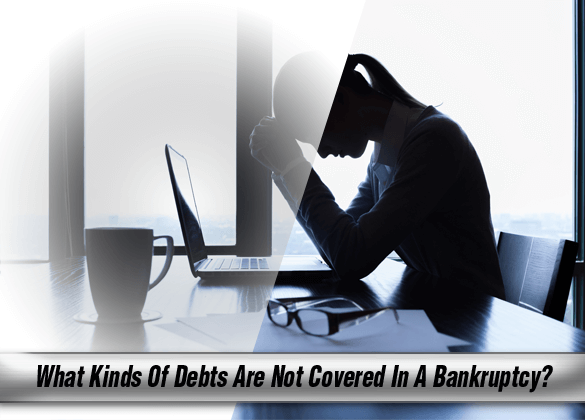Not all debts are erased by bankruptcy. It’s important that you know which of your debts are covered by Canada’s bankruptcy law if you are considering filing for personal bankruptcy, to ascertain if bankruptcy is the best option to solve your current financial situation.
Bankruptcy law is extremely complex. The law’s aim is to protect innocent creditors, and to provide financial absolution for the honest debtor. The law was written to ensure that debts, “arising out of fraud, dishonesty or misconduct while acting in a fiduciary capacity” remain the responsibility of the debtor even after bankruptcy.
As such, bankruptcy discharges most of your unsecured debts, though there are exceptions. Also, bankruptcy generally does not discharge secured debts, though again, there are exceptions.
Unsecured debts
Most unsecured debts—debts on which lenders do not have collateral—are discharged in bankruptcy. These include credit card debts, personal loans, unsecured lines of credit, unpaid bills, and income tax debt to Revenue Canada (CRA). As soon as your file you are protected from these creditors and once you are discharged from your bankruptcy, the debts are erased.
However, some unsecured debts remain even if you do file for bankruptcy. These debts include:
- Spousal support and child support (payments and arrears).
- Student loans obtained less than 7 years from when you last studied in school. However, some the courts, if applied to after the expiration of 5 years, may reduce this period under certain conditions of hardship.
- Government overpayments (the principal amount that was overpaid to you must be repaid while the penalties and interest up to the date you file with the trustee will be erased)
- Debts arising from proven theft or fraud
- A criminal fine, penalty, or restitution order (i.e. bail, parking tickets, or court fines)
- Court-awarded damages or penalties
These debts must be repaid over time.
Secured debts
Secured debts are not erased by bankruptcy unless the asset (car house, etc) is surrendered at the time you file. With secured debts, your creditor will have collateral on the loan. This collateral—such as your house or car—can be claimed by the lender if you default on your payments. Most mortgages, for instance, contain a clause permitting repossession of the house if you do not make the required payments.
It is against the law for a creditor to end your contract or seize your asset simply because you have filed for bankruptcy or a consumer proposal. Besides that, mortgage lenders and other secured lenders prefer to keep a mortgage going if you are able to pay because they make money when they are lending money. However, if you have negative equity (the value vs what you owe) you may decide not to keep the asset. If you have positive equity, any excess value above the bankruptcy exemption value is considered an asset.
Overall, ensuring you are fully informed about your bankruptcy options, and obligations, is essential before deciding to file for personal bankruptcy. A bankruptcy trustee will explain your other options (such as a consumer proposal) and help you make the best decision to resolve your financial stress.

